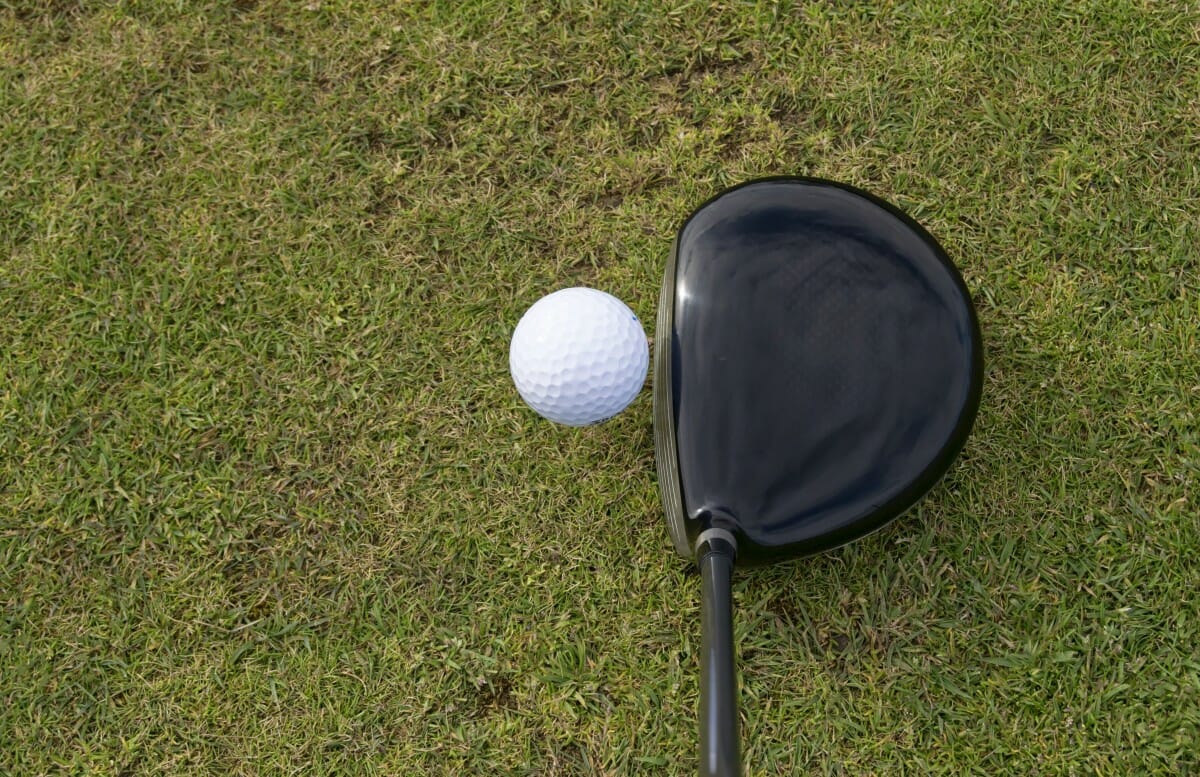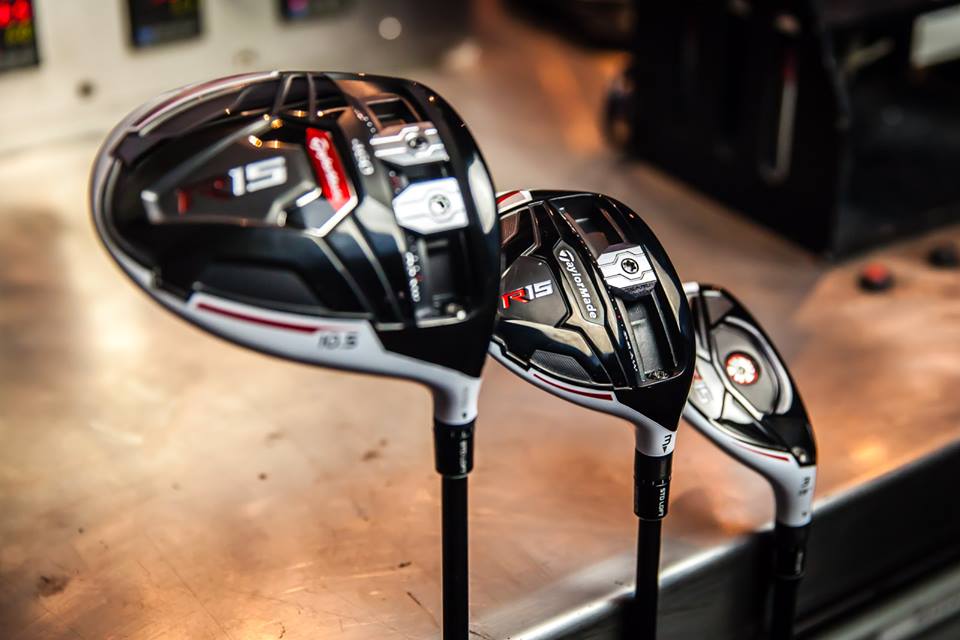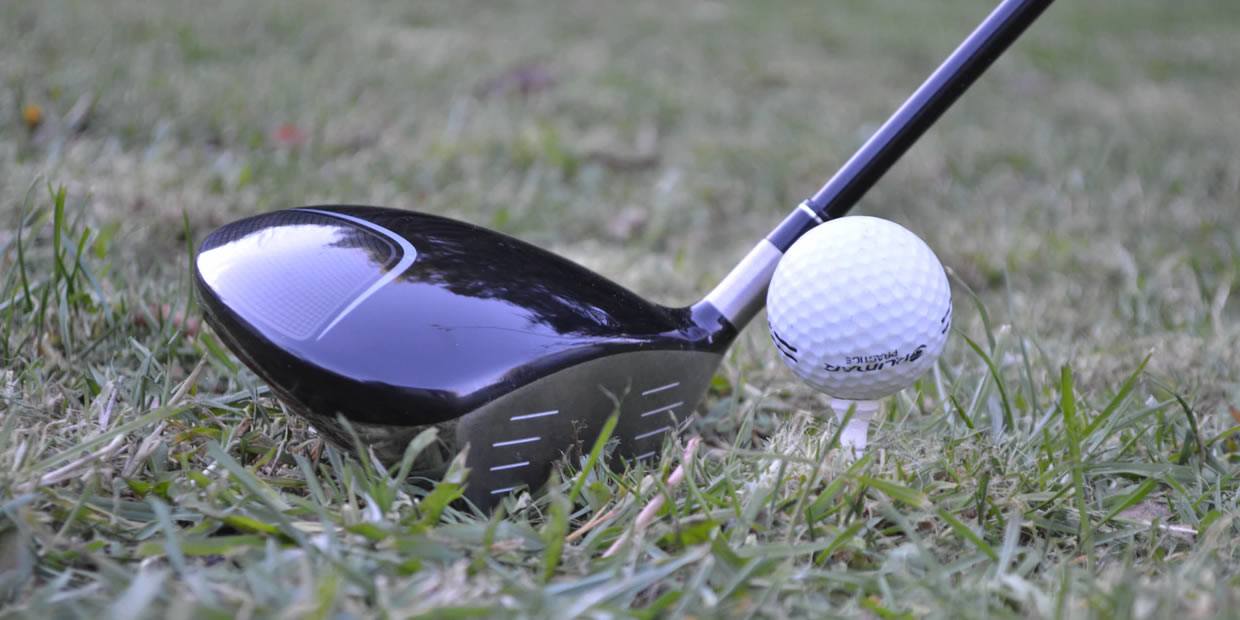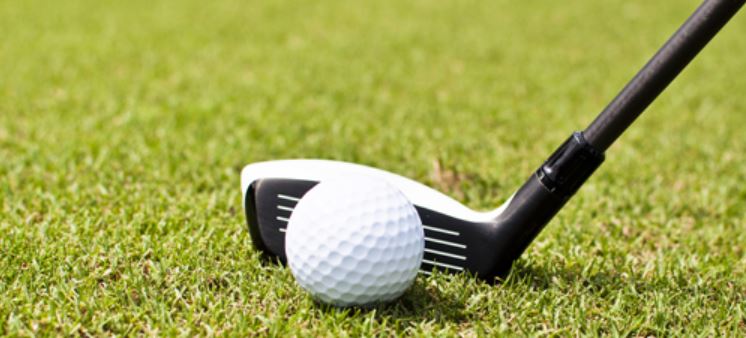Golf is a popular sport that demands precision, technique, and strategy from its players. The game’s evolution has seen a significant change in golf club design, especially in the woods used. Woods are an essential part of every golfer’s bag as they are used for different purposes throughout the golf course. In this article, we will explore the three most popular types of golf woods, their design features, and the golfers they are best suited for.

- Drivers
Drivers are the largest-headed woods and are primarily used for tee shots. These woods are designed to maximize distance by having a large sweet spot, a flex face, and a lightweight material. The majority of drivers have a 460cc head, but some models also offer adjustable weights and loft options. Drivers are available in different loft angles, ranging from 7 to 13 degrees.

Drivers are best suited for golfers who want to hit the ball a long way but struggle with accuracy. The large head and flex face help generate more ball speed and distance while the adjustable weights allow golfers to personalize their swing. Amateurs and low handicappers find drivers particularly useful as they can hit the ball further while maintaining accuracy.
- Fairway Woods
Fairway woods are smaller-headed clubs that are used for shots between 100 and 200 yards. These woods have a more flexible face than drivers and are designed to provide better accuracy and control. Fairway woods usually have a smaller sweet spot but offer better workability due to their slimmer heads.

Fairway woods are best suited for golfers who want to hit the ball a medium distance with better accuracy and control. The smaller head size allows golfers to place the ball with more precision, while the flexible face offers more shot-making options. Fairway woods are particularly useful on medium-length shots where accuracy is essential, such as approach shots to a green or when playing out of the rough.
- Hybrids
Hybrids are a cross between drivers and fairway woods and are becoming increasingly popular among golfers. These clubs have a larger head than fairway woods but are designed with a more flexible face and lighter material to provide better control and accuracy. Hybrids are used for a wide range of shots, including tee shots, approach shots, and playing out of the rough.

Hybrids are best suited for golfers who want the distance of a driver but with better accuracy and control than what fairway woods offer. The larger head size allows golfers to hit the ball further while still maintaining a high level of precision. Hybrids have become particularly popular among golfers who want an all-round club that can handle different shot lengths and conditions.
In conclusion, each type of golf woods has its unique design features and is best suited for different golfers. Drivers are best for those who want maximum distance, fairway woods are best for those who prioritize accuracy and control, and hybrids are best for those who want an all-round club that offers both distance and precision. By understanding the different types of woods and which type suits their game, golfers can optimize their equipment and improve their performance on the golf course.
